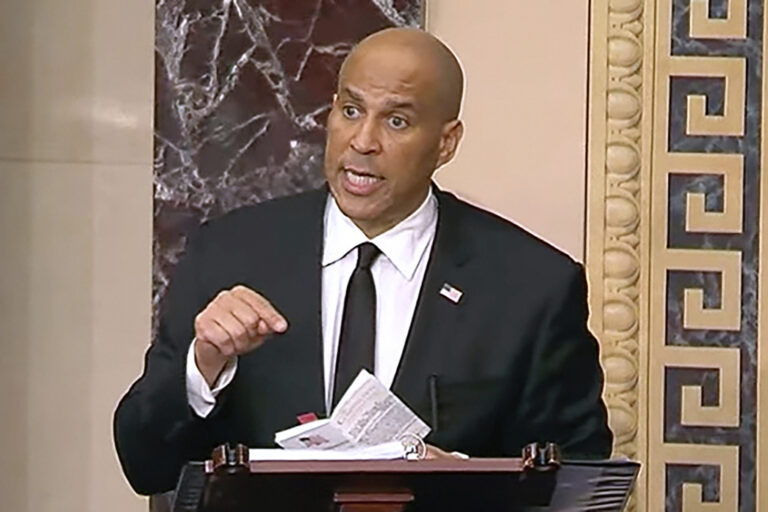Airlines are bowing to the pressure of higher fuel prices by culling unprofitable flights while trying to boost revenue by being nicer to customers.
American Airlines said Thursday it will join rivals by growing more slowly during the rest of 2018 than it had originally planned.
Airline investors have soured this year as the carriers kept adding more flights and seats, pushing fares lower even when demand for travel seemed strong enough to produce higher prices. American’s announcement and upbeat comments from Southwest Airlines cheered investors and triggered a rally in airline stocks.
Earlier this month Delta Air Lines and United Airlines both announced slight reductions in planned growth to cope with fuel bills expected to be $2 billion higher than last year.
Airlines are trying other tactics to raise revenue.
American, for example, will try to boost sales by making its cheapest “basic economy” tickets less austere. The airline will let buyers stow a rolling bag in the overhead bin like all other passengers, but they still won’t be allowed to pick a seat until 48 hours before departure, won’t be eligible for upgrades, and will board the plane last.
Spot prices for jet fuel are up nearly 50 percent from a year ago, and a fresh round of financial reports Thursday underscored how that is cutting into airline profits.
— American Airlines Group Inc.
The Fort Worth, Texas-based airline said second-quarter profit plunged 34.5 percent to $566 million as it spent $729 million more on fuel than a year ago when including spending by its regional subsidiaries. Revenue rose 3.7 percent to $11.64 billion.
Excluding what American considered non-repeating costs, earnings were $1.63 per share. That was 4 cents higher than the average forecast of 16 analysts surveyed by FactSet.
For the second time this year, American cut its forecast of full-year earnings. The new forecast — between $4.50 and $5 per share — is $1 lower than the original. Some analysts had predicted the lower forecast.
American trimmed planned growth in passenger-carrying capacity in the third and fourth quarters and said it will delay delivery of some new planes starting next year to conserve cash from 2019 through 2021.
On the passenger side, American announced that starting Sept. 5, buyers of basic economy tickets on domestic and short international flights will be able to bring a carry-on bag in addition to one “personal item” like a backpack or messenger bag that fits under the seat. CEO Doug Parker hinted that American is losing price-conscious customers to Delta Air Lines, which already lets basic economy customers have a carry-on bag. (United does not.)
Don Casey, American’s senior vice president of revenue management, said the change would bring in more than $100 million a year.
— Southwest Airlines Co.
Southwest’s second-quarter profit slipped by $10 million, to $733 million, while revenue was about flat at $5.74 billion.
The Dallas-based airline spent 40 percent more on fuel, but losses last year and gains this year on hedging — it’s like buying insurance against price spikes — reduced the impact to Southwest’s bottom line.
In April, a woman died on a Southwest flight when an engine tore apart and a piece struck her window, breaking it — the airline’s first passenger fatality from an accident. Southwest stopped advertising for a time, and the airline said Thursday that the pause in marketing, followed by discounting to sell seats, led to $100 million in lost revenue.
The average second-quarter fare was 4 percent lower than a year ago, down to $151.94 one-way, but Southwest expects that the accident’s impact on revenue will subside in the coming months.
“We’re in an environment here in 2018 where the economy is very strong, it’s growing, and travel demand reflects that,” said CEO Gary Kelly.
Stripping out certain items, Southwest’s adjusted profit was $1.26 per share, 3 cents better than the forecast of analysts surveyed by FactSet. Southwest is the nation’s fourth-biggest carrier.
— Alaska Air Group Inc.
Seattle-based Alaska, the nation’s fifth-biggest airline, saw net income fall 34 percent to $193 million on a 38 percent jump in fuel spending. A closely watched figure, revenue per seat per mile, fell 4 percent, and Alaska predicted it would be flat to down 3 percent in the third quarter.
Shares of American closed up $1.83, or 4.8 percent, to $40.02; Southwest climbed $4.41, 8.4 percent, to $56.70; and Alaska gained $5.65, or 9.6 percent, to $64.76.
(AP)











